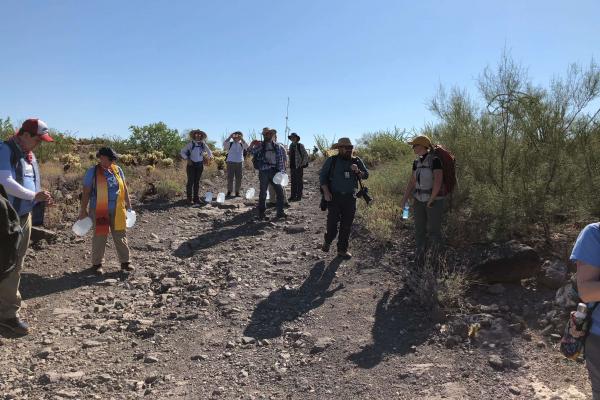Aug 17, 2018
A few weeks ago, I saw evidence that our government treats animals better than it treats immigrants. The U.S. Fish and Wildlife Service maintains a watering trough for passing cattle. This trough destroys gallons of water intended for human beings.
When I saw this injustice, I had already been in the desert for several hours in 110 plus degree heat. I was sweating profusely but I was chilled to the bone.
Read the Full Article

Already a subscriber? Login
